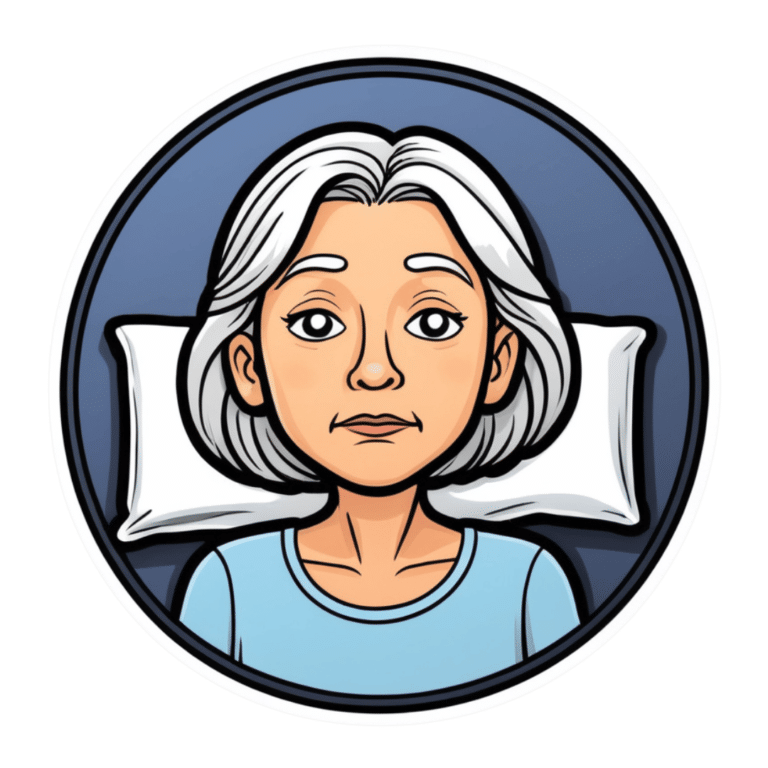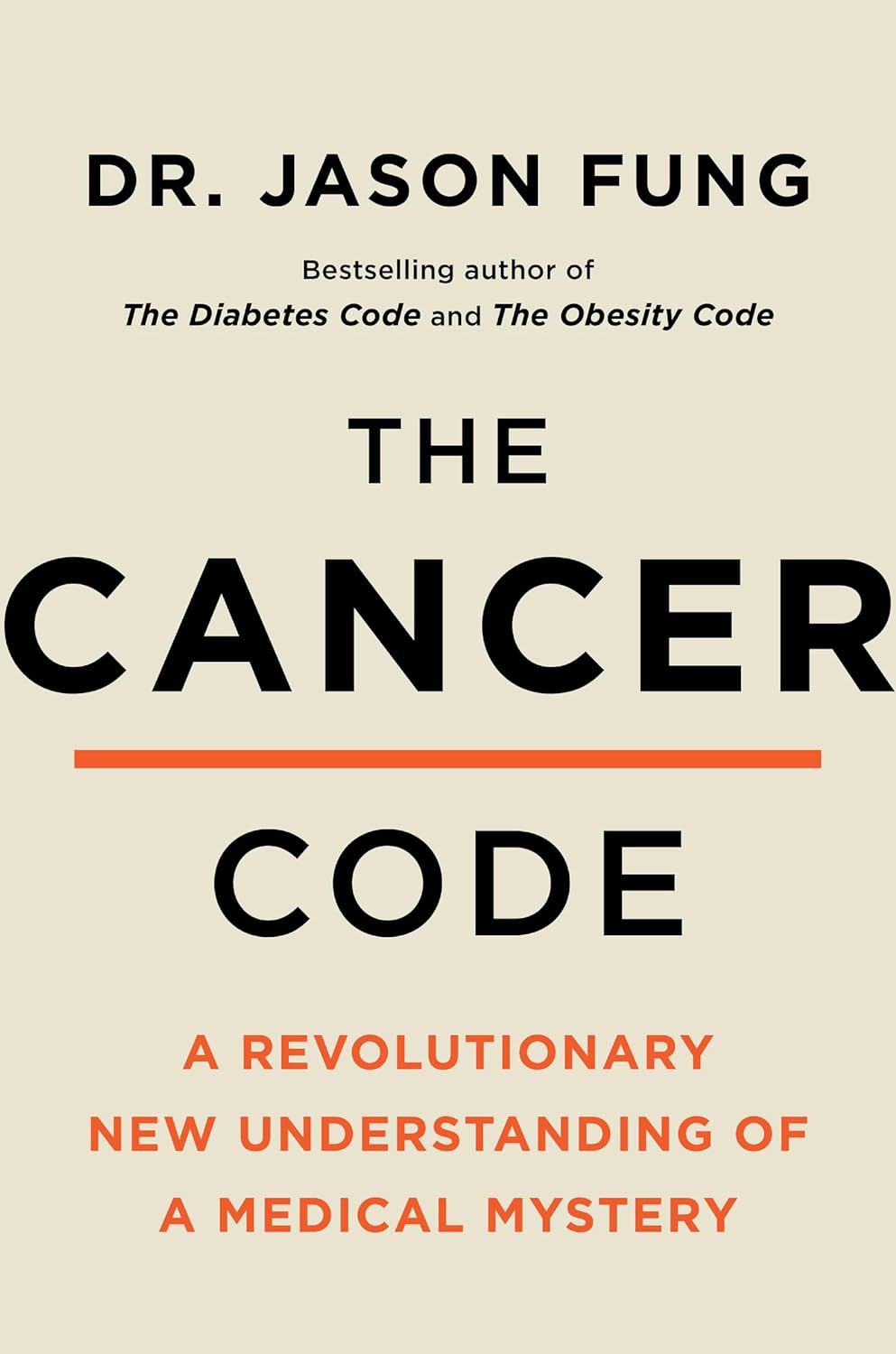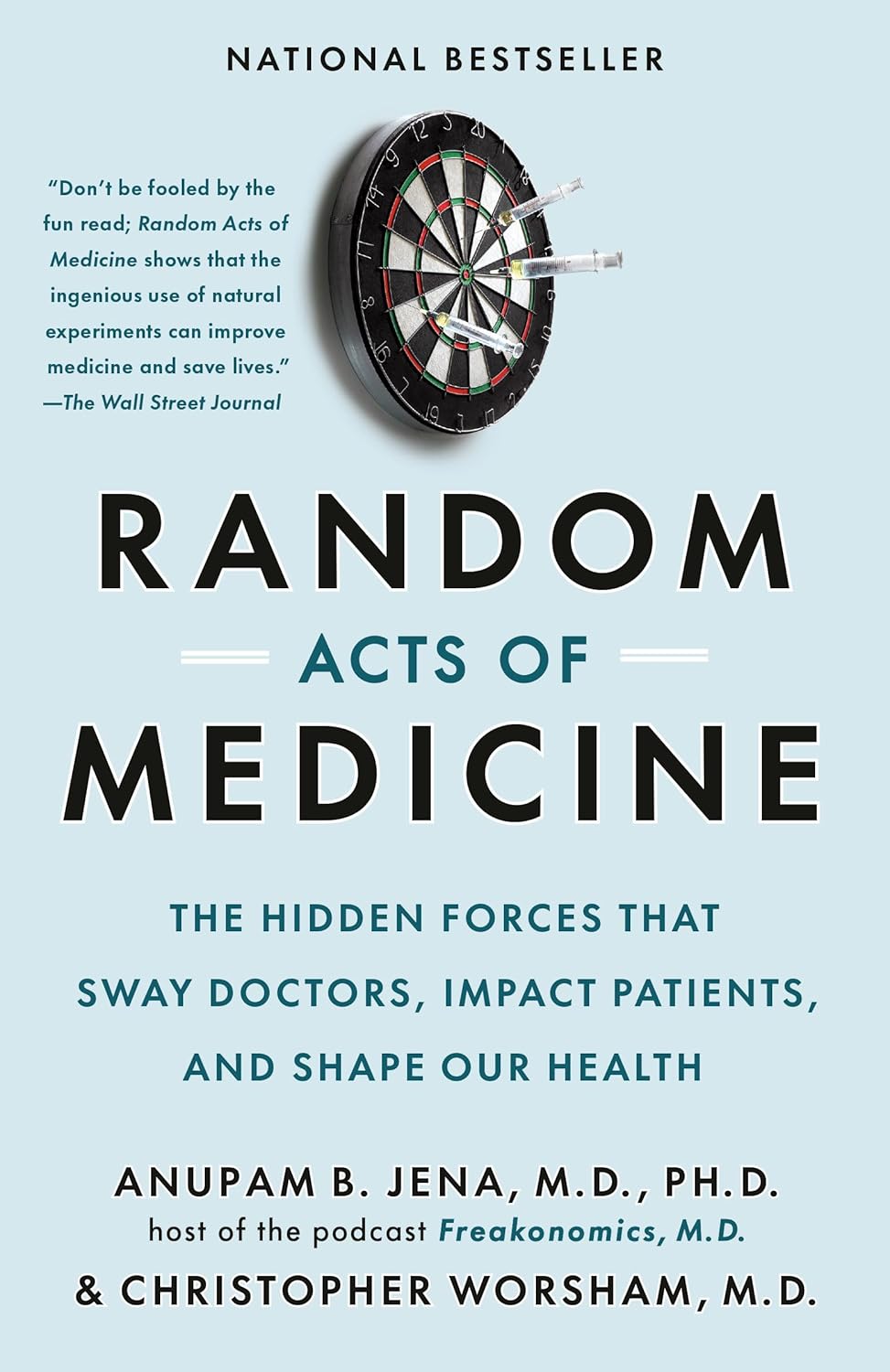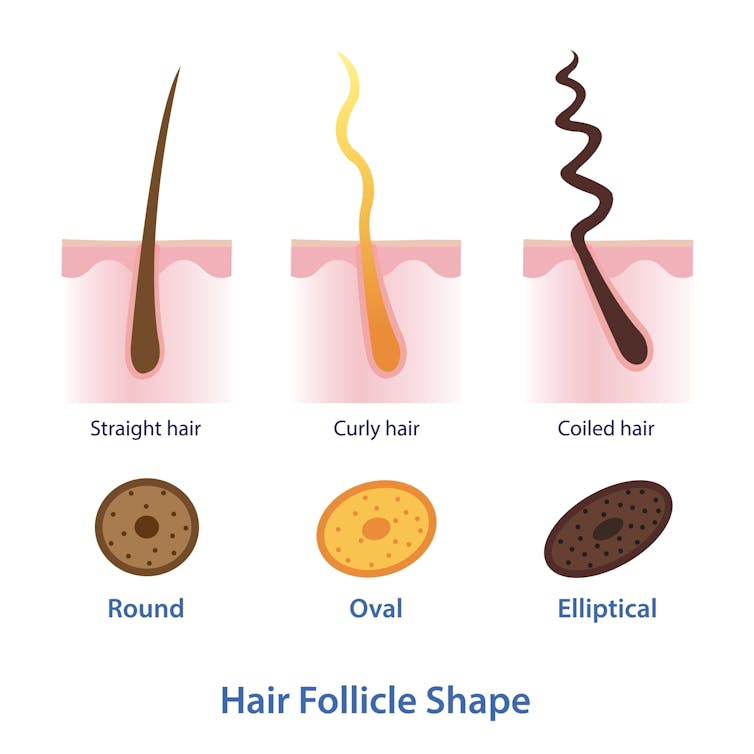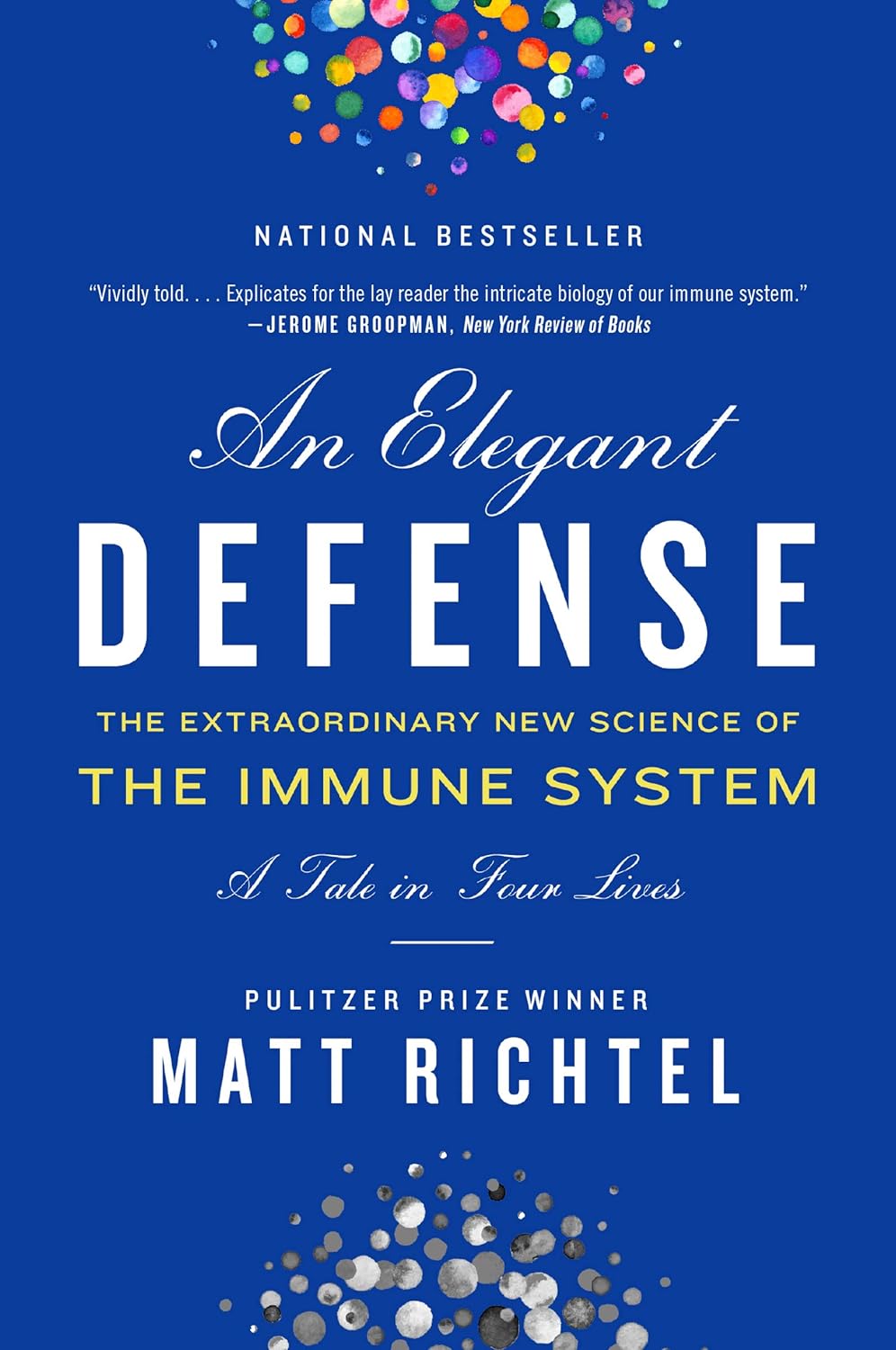
What is AuDHD? 5 important things to know when someone has both autism and ADHD
10almonds is reader-supported. We may, at no cost to you, receive a portion of sales if you purchase a product through a link in this article.
You may have seen some new ways to describe when someone is autistic and also has attention-deficit hyperactivity disorder (ADHD). The terms “AuDHD” or sometimes “AutiADHD” are being used on social media, with people describing what they experience or have seen as clinicians.
It might seem surprising these two conditions can co-occur, as some traits appear to be almost opposite. For example, autistic folks usually have fixed routines and prefer things to stay the same, whereas people with ADHD usually get bored with routines and like spontaneity and novelty.
But these two conditions frequently overlap and the combination of diagnoses can result in some unique needs. Here are five important things to know about AuDHD.

1. Having both wasn’t possible a decade ago
Only in the past decade have autism and ADHD been able to be diagnosed together. Until 2013, the Diagnostic and Statistical Manual of Mental Disorders (DSM) – the reference used by health workers around the world for definitions of psychological diagnoses – did not allow for ADHD to be diagnosed in an autistic person.
The manual’s fifth edition was the first to allow for both diagnoses in the same person. So, folks diagnosed and treated prior to 2013, as well as much of the research, usually did not consider AuDHD. Instead, children and adults may have been “assigned” to whichever condition seemed most prominent or to be having the greater impact on everyday life.
2. AuDHD is more common than you might think
Around 1% to 4% of the population are autistic.
They can find it difficult to navigate social situations and relationships, prefer consistent routines, find changes overwhelming and repetition soothing. They may have particular sensory sensitivities.
ADHD occurs in around 5–8% of children and adolescents and 2–6% of adults. Characteristics can include difficulties with focusing attention in a flexible way, resulting in procrastination, distraction and disorganisation. People with ADHD can have high levels of activity and impulsivity.
Studies suggest around 40% of those with ADHD also meet diagnostic criteria for autism and vice versa. The co-occurrence of having features or traits of one condition (but not meeting the full diagnostic criteria) when you have the other, is even more common and may be closer to around 80%. So a substantial proportion of those with autism or ADHD who don’t meet full criteria for the other condition, will likely have some traits.
3. Opposing traits can be distressing
Autistic people generally prefer order, while ADHDers often struggle to keep things organised. Autistic people usually prefer to do one thing at a time; people with ADHD are often multitasking and have many things on the go. When someone has both conditions, the conflicting traits can result in an internal struggle.
For example, it can be upsetting when you need your things organised in a particular way but ADHD traits result in difficulty consistently doing this. There can be periods of being organised (when autistic traits lead) followed by periods of disorganisation (when ADHD traits dominate) and feelings of distress at not being able to maintain organisation.
There can be eventual boredom with the same routines or activities, but upset and anxiety when attempting to transition to something new.
Autistic special interests (which are often all-consuming, longstanding and prioritised over social contact), may not last as long in AuDHD, or be more like those seen in ADHD (an intense deep dive into a new interest that can quickly burn out).
Autism can result in quickly being overstimulated by sensory input from the environment such as noises, lighting and smells. ADHD is linked with an understimulated brain, where intense pressure, novelty and excitement can be needed to function optimally.
For some people the conflicting traits may result in a balance where people can find a middle ground (for example, their house appears tidy but the cupboards are a little bit messy).
There isn’t much research yet into the lived experience of this “trait conflict” in AuDHD, but there are clinical observations.
4. Mental health and other difficulties are more frequent
Our research on mental health in children with autism, ADHD or AuDHD shows children with AuDHD have higher levels of mental health difficulites than autism or ADHD alone.
This is a consistent finding with studies showing higher mental health difficulties such as depression and anxiety in AuDHD. There are also more difficulties with day-to-day functioning in AuDHD than either condition alone.
So there is an additive effect in AuDHD of having the executive foundation difficulties found in both autism and ADHD. These difficulties relate to how we plan and organise, pay attention and control impulses. When we struggle with these it can greatly impact daily life.
5. Getting the right treatment is important
ADHD medication treatments are evidence-based and effective. Studies suggest medication treatment for ADHD in autistic people similarly helps improve ADHD symptoms. But ADHD medications won’t reduce autistic traits and other support may be needed.
Non-pharmacological treatments such as psychological or occupational therapy are less researched in AuDHD but likely to be helpful. Evidence-based treatments include psychoeducation and psychological therapy. This might include understanding one’s strengths, how traits can impact the person, and learning what support and adjustments are needed to help them function at their best. Parents and carers also need support.
The combination and order of support will likely depend on the person’s current functioning and particular needs. https://www.youtube.com/embed/pMx1DnSn-eg?wmode=transparent&start=0 ‘Up until recently … if you had one, you couldn’t have the other.’
Do you relate?
Studies suggest people may still not be identified with both conditions when they co-occur. A person in that situation might feel misunderstood or that they can’t fully relate to others with a singular autism and ADHD diagnosis and something else is going on for them.
It is important if you have autism or ADHD that the other is considered, so the right support can be provided.
If only one piece of the puzzle is known, the person will likely have unexplained difficulties despite treatment. If you have autism or ADHD and are unsure if you might have AuDHD consider discussing this with your health professional.
Tamara May, Psychologist and Research Associate in the Department of Paediatrics, Monash University
This article is republished from The Conversation under a Creative Commons license. Read the original article.
Don’t Forget…
Did you arrive here from our newsletter? Don’t forget to return to the email to continue learning!
Recommended
Learn to Age Gracefully
Join the 98k+ American women taking control of their health & aging with our 100% free (and fun!) daily emails:
-
Does Music Really Benefit The Brain?
10almonds is reader-supported. We may, at no cost to you, receive a portion of sales if you purchase a product through a link in this article.
It’s Q&A Day at 10almonds!
Have a question or a request? We love to hear from you!
In cases where we’ve already covered something, we might link to what we wrote before, but will always be happy to revisit any of our topics again in the future too—there’s always more to say!
As ever: if the question/request can be answered briefly, we’ll do it here in our Q&A Thursday edition. If not, we’ll make a main feature of it shortly afterwards!
So, no question/request too big or small 😎
❝Is it actually beneficial for the brain to listen to music, or is it just in line with any relaxing activity? And what kind of music is most beneficial❞
The short answer, first of all, is that it is indeed beneficial.
One reason for this without having to get very deep into it, is that a very important thing for general brain health is using it, and that means lighting up all areas of your brain.
Now, we all lead different lives and thus different parts of our brains will get relatively more resources than others depending on what we do with them, and that’s ok.
For example, if you were to scan this writer’s polyglot brain, you’d surely find overdevelopment in areas associated with language use and verbal memory, but if you were to scan a taxi-driver’s brain, then it’d be spatial reasoning and spatial memory that’s overpowered, and for a visual artist, it may be visual processing and creativity that’s enhanced. A musician’s brain? Fine motor skills, auditory processing, auditory memory.
Now, for those of us who aren’t musicians, how then can we light up areas associated with music? By listening to music, of course. It won’t give us the fine motor skills of a concert violinist, but the other areas we mentioned will get a boost.
See also: How To Engage Your Whole Brain ← this covers music too, but it’s about (as the title suggests) the whole brain, so check it out and see if there are any areas you’ve been neglecting!
There are other benefits too, though, including engaging our parasympathetic nervous system, which is good for our heart, gut, brain, and general health—especially if we sing or hum along to the music:
The Science Of Sounds ← this also covers the science (yes, science) of mantra meditation vs music
As for “and what kind of music is most beneficial”, we’d hypothesize that a variety is best, just like with food!
However, there are some considerations to bear in mind, with science to support them. For example…
About tempo:
❝EEG analysis revealed significant changes in brainwave signals across different frequency bands under different tempi.
For instance, slow tempo induced higher Theta and Alpha power in the frontal region, while fast tempo increased Beta and Gamma band power.
Moreover, fast tempo enhanced the average connectivity strength in the frontal, temporal, and occipital regions, and increased phase synchrony value (PLV) between the frontal and parietal regions.❞
Read in full: Music tempo modulates emotional states as revealed through EEG insights
And if you’re wondering about those different brainwave bands, check out:
- How to get many benefits of sleep, while awake! Non-Sleep Deep Rest: A Neurobiologist’s Take ← although it’s not in the title, this does also cover the different brain wave bands
- Alpha, beta, theta: what are brain states and brain waves? And can we control them?
Additionally, if you just want science-backed relaxation, the following 8-minute soundscape was developed by sound technicians working with a team of psychologists and neurologists.
It’s been clinically tested, and found to have a much more relaxing effect (in objective measures of lowering heart rate and lowering cortisol levels, as well as in subjective self-reports) than merely “relaxing music”.
Try it and see for yourself:
Click Here If The Embedded Video Doesn’t Load Automatically!
For much deeper dive into the effect of music on the brain, check out this book we reviewed a while back, by an accomplished musician and neuroscientist (that’s one person, who is both things):
This Is Your Brain on Music – by Dr. Daniel Levitin
Enjoy!
And now for a bonus item…
A s a bit of reader feedback prompted some interesting thoughts:
❝You erred on the which is better section. Read this carefully :Looking at minerals, grapes have more calcium, copper, iron, magnesium, phosphorus, selenium, and zinc, while grapes have more potassium and manganese. A clear win for strawberries here.❞
You’re quite right; thank you for pointing it out, and kindly pardon the typo, which has now been corrected!
The reason for the mistake was because when I (writer responsible for it here, hi) was writing this, I had the information for both fruits in front of me, but the information for grapes was on the right in my field of vision, so I errantly put it on the right on the page, too, while also accidentally crediting strawberries’ minerals to grapes, since strawberries’ data was on the left in my field a vision.
The reason for explaining this: it’s a quirky, very human way to err, in an era when a lot of web content is AI-generated with very different kinds of mistakes (usually because AI is very bad at checking sources, so will confidently state something as true despite the fact that the source was The Onion, or Clickhole, or someone’s facetiously joking answer on Quora, for example).
All in all, while we try to not make typos, we’d rather such human errors than doing like an AI and confidently telling you that Amanita phalloides mushrooms are a rich source of magnesium, and also delicious (they are, reportedly, but they are also the most deadly mushroom on the face of the Earth, also known as the Death Cap mushroom).
In any case, here’s the corrected version of the grapes vs strawberries showdown:
Grapes vs Strawberries – Which is Healthier?
Enjoy!
Share This Post
-
The Cancer Code − by Dr. William Fung
10almonds is reader-supported. We may, at no cost to you, receive a portion of sales if you purchase a product through a link in this article.
We have previously reviewed, by the same author, “The Obesity Code” and “The Diabetes Code”, so, what does this one offer that’s new?
Mostly, it’s just a new focus, because the dietary approach is basically the same (because all three are fundamentally metabolism-related), with some small tweaks for cancer-specificity. If you’ve read one or more of the other books, you can probably comfortably get away with skipping this one, unless you or a loved one presently has cancer and you’re doing your best to squeeze out any extra 1% of anticancer potential.
Indeed, the former two books assumed that you are affected by obesity or diabetes, respectively, and this one assumes you are at least particularly concerned by cancer—he doesn’t assume you have it (although he does cover that too); he assumes however that you perhaps have a known risk factor or some other similar reason to be focusing on this.
To oversimplify a lot, the dietary approach recommended involves practising intermittent fasting, and also adjusting one’s diet to reduce fasting blood sugar levels and postprandial (after eating) blood sugar and insulin levels. Shocking nobody, he advocates for a lot of plants; he does however recommend a moderately low-carb diet (e.g. legumes are fine but maybe skip the fries).
The style is on the hard end of pop-science, while still quite readable provided one takes one’s time, and there are more than 30 pages of scientific references.
Bottom line: if you’d like to make your diet as anticancer as possible, this book will show you how.
Click there to check out The Cancer Code, and eat to beat cancer!
Share This Post
-
Random Acts of Medicine – by Dr. Anupam Jena & Dr. Christopher Worsham
10almonds is reader-supported. We may, at no cost to you, receive a portion of sales if you purchase a product through a link in this article.
We talked recently of small things that can change how productive your doctor’s appointment is, and this book is a more scientific version of that, and on a grander scale.
The author use what they call “natural experiments”, essentially observational studies, to determine what factors beyond the obvious affect health outcomes. With this approach, they address such questions as why kids with summer birthdays are more likely to get the flu, and why heart attack outcomes improve when there’s a cardiologists’ convention elsewhere. And many more such things that can seem like non-causal correlation, until one examines the causative factors, and controls (in the statistical analysis; remember this is still entirely observational, so no interventions are made) for other potential confounding factors.
They also look at what factors influence doctors’ decisions in ways they certainly shouldn’t, but they do, because doctors are as prone to biases as everyone else. And, for that matter, what factors influence patients’ decisions in ways they certainly shouldn’t—for the same reason. The authors acknowledge that they themselves are not immune, and you, dear reader, are not immune either.
Nevertheless, the practical value in this book comes from trying to at least be more aware of such things, the better to either leverage them, or at least ensure you don’t fall foul of them.
The style is conversational pop-science, making for quite light reading, albeit with many footnotes and a respectable bibliography.
Bottom line: if you’d like to understand more about the machinations that decide who lives and who dies (especially when sometimes it will be you or a loved one who lives or dies), then this is a fascinating book that that delves deeply into that.
Click here to check out Random Acts Of Medicine, and be aware!
Share This Post
Related Posts
-
From straight to curly, thick to thin: here’s how hormones and chemotherapy can change your hair
10almonds is reader-supported. We may, at no cost to you, receive a portion of sales if you purchase a product through a link in this article.
Head hair comes in many colours, shapes and sizes, and hairstyles are often an expression of personal style or cultural identity.
Many different genes determine our hair texture, thickness and colour. But some people’s hair changes around the time of puberty, pregnancy or after chemotherapy.
So, what can cause hair to become curlier, thicker, thinner or grey?
Curly or straight? How hair follicle shape plays a role
Hair is made of keratin, a strong and insoluble protein. Each hair strand grows from its own hair follicle that extends deep into the skin.
Curly hair forms due to asymmetry of both the hair follicle and the keratin in the hair.
Follicles that produce curly hair are asymmetrical and curved and lie at an angle to the surface of the skin. This kinks the hair as it first grows.
The asymmetry of the hair follicle also causes the keratin to bunch up on one side of the hair strand. This pulls parts of the hair strand closer together into a curl, which maintains the curl as the hair continues to grow.
Follicles that are symmetrical, round and perpendicular to the skin surface produce straight hair.
Each hair strand grows from its own hair follicle.
Mosterpiece/ShutterstockLife changes, hair changes
Our hair undergoes repeated cycles throughout life, with different stages of growth and loss.
Each hair follicle contains stem cells, which multiply and grow into a hair strand.
Head hairs spend most of their time in the growth phase, which can last for several years. This is why head hair can grow so long.
Let’s look at the life of a single hair strand. After the growth phase is a transitional phase of about two weeks, where the hair strand stops growing. This is followed by a resting phase where the hair remains in the follicle for a few months before it naturally falls out.
The hair follicle remains in the skin and the stems cells grow a new hair to repeat the cycle.
Each hair on the scalp is replaced every three to five years.
Each hair on the scalp is replaced every three to five years.
Just Life/ShutterstockHormone changes during and after pregnancy alter the usual hair cycle
Many women notice their hair is thicker during pregnancy.
During pregnancy, high levels of oestrogen, progesterone and prolactin prolong the resting phase of the hair cycle. This means the hair stays in the hair follicle for longer, with less hair loss.
A drop in hormones a few months after delivery causes increased hair loss. This is due to all the hairs that remained in the resting phase during pregnancy falling out in a fairly synchronised way.
Hair can change around puberty, pregnancy or after chemotherapy
This is related to the genetics of hair shape, which is an example of incomplete dominance.
Incomplete dominance is when there is a middle version of a trait. For hair, we have curly hair and straight hair genes. But when someone has one curly hair gene and one straight hair gene, they can have wavy hair.
Hormonal changes that occur around puberty and pregnancy can affect the function of genes. This can cause the curly hair gene of someone with wavy hair to become more active. This can change their hair from wavy to curly.
Researchers have identified that activating specific genes can change hair in pigs from straight to curly.
Chemotherapy has very visible effects on hair. Chemotherapy kills rapidly dividing cells, including hair follicles, which causes hair loss. Chemotherapy can also have genetic effects that influence hair follicle shape. This can cause hair to regrow with a different shape for the first few cycles of hair regrowth.
Your hair can change at different stages of your life.
Igor Ivakhno/ShutterstockHormonal changes as we age also affect our hair
Throughout life, thyroid hormones are essential for production of keratin. Low levels of thyroid hormones can cause dry and brittle hair.
Oestrogen and androgens also regulate hair growth and loss, particularly as we age.
Balding in males is due to higher levels of androgens. In particular, high dihydrotestosterone (sometimes shortened to DHT), which is produced in the body from testosterone, has a role in male pattern baldness.
Some women experience female pattern hair loss. This is caused by a combination of genetic factors plus lower levels of oestrogen and higher androgens after menopause. The hair follicles become smaller and smaller until they no longer produce hairs.
Reduced function of the cells that produce melanin (the pigment that gives our hair colour) is what causes greying.
Theresa Larkin, Associate professor of Medical Sciences, University of Wollongong
This article is republished from The Conversation under a Creative Commons license. Read the original article.
Don’t Forget…
Did you arrive here from our newsletter? Don’t forget to return to the email to continue learning!
Learn to Age Gracefully
Join the 98k+ American women taking control of their health & aging with our 100% free (and fun!) daily emails:
-
Young Mind Young Body – by Sue Ziang
10almonds is reader-supported. We may, at no cost to you, receive a portion of sales if you purchase a product through a link in this article.
This is a very “healthy mind in a healthy body” book, consistent with the author’s status as a holistic health coach. Sometimes that produces a bit of a catch-22 regarding where to start, but for Ziang, the clear answer is to start with the mind, and specifically, one’s perception of one’s own age.
She advocates for building a young mind in a young body, and yes, that’s mind-building much like body-building. This does not mean any kind of wilful self-delusion, but rather, choosing the things that we do get to choose along the way.
The bridge between mind and body, for Ziang, is meditation—which is reasonable, as it’s very much mind-stuff and also very much neurological and has a very real-world impact on the body’s broader health, even simply by such mechanisms as changing breathing, heart rate, neurotransmitter levels, endocrine functions, and the like.
When it comes to the more physical aspects of health, her dietary advice is completely in line with what we write here at 10almonds. Hydrate well, eat more plants, especially beans and greens and whole grains, get good fats in, enjoy spices, practice mindful eating, skip the refined carbohydrates, be mindful of bio-individuality (e.g. one’s own personal dietary quirks that stem from physiology; some of us react differently to this kind of food or that for genetic reasons, and that’s not something to be overlooked).
In the category of exercise, she’s simply about moving more, which while not comprehensive, is not bad advice either.
Bottom line: if you’re looking for an “in” to holistic health and wondering where to start, this book is a fine and very readable option.
Click here to check out “Young Mind Young Body”, and transform yours!
Don’t Forget…
Did you arrive here from our newsletter? Don’t forget to return to the email to continue learning!
Learn to Age Gracefully
Join the 98k+ American women taking control of their health & aging with our 100% free (and fun!) daily emails:
-
An Elegant Defense – by Matt Richtel
10almonds is reader-supported. We may, at no cost to you, receive a portion of sales if you purchase a product through a link in this article.
In a way, Richtel got the best and worst of the publication date lottery. This book, which he’d obviously been working on for however long, was published in March 2020. Yes, that March 2020. So, it obviously got a huge boost in sales that launced it to bestseller status, and/but it doesn’t actually discuss COVID at all.
What it does discuss, is—as one might expect—the immune system. Or really, the immune systems, plural, several systems working alongside each other. How we got to have such, how our immune functions work, where all the various immune cells come from and what part they play. What pathogens can do to fight and/or confuse (or even co-opt) our immune response, and what modern medicine can do to counteract the pathogens’ anti-countermeasure countermeasures. And how it can still go wrong.
The “Four Lives” promised in the subtitle are stories, and Richtel explains the immune system through specific people’s specific battles. In particular, a friend of his who had quite a remarkable battle against cancer, which was of course terrible for him, but illustrative for us.
The style of the book is very readably journalistic. The author is a Pulitzer-winning NYT journalist, and not normally a science writer. Here at 10almonds, “we like big bibliographies and we cannot lie”, and we didn’t get to enjoy that in this case. The book contained no bibliography (nor appropriate inline citations, nor equivalent footnotes). Maybe a future addition will include this.
Bottom line: there’s a lot of “science for the lay reader” here. While the lack of references is a big oversight, the book does give a very good overview of what both sides (immune response and pathogenic invasion) bring to the battle of your body.
Click here to check out Elegant Defense, and demystify immunology!
Don’t Forget…
Did you arrive here from our newsletter? Don’t forget to return to the email to continue learning!
Learn to Age Gracefully
Join the 98k+ American women taking control of their health & aging with our 100% free (and fun!) daily emails:

